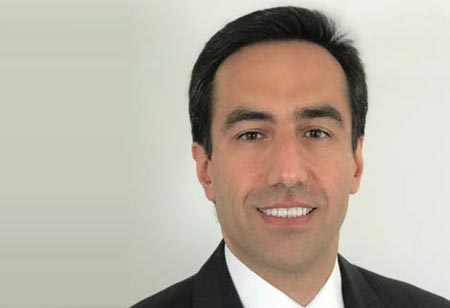Farhad Mashhadi is a Project Management and Technical professional with an extensive experience in leading cross functional teams and managing multi-discipline projects. He has executed high profile/major development programs in offshore oil and gas, utilities and energy infrastructures. He has a strong leadership skill set in managing large teams, stakeholders engagement and mitigating risks and have executed end to end projects some of which have been geographically in remote and challenging areas.
As a Senior Project Manager at Melbourne Water, Farhad Mashhadi is responsible for managing programs of specific significant projects and ensuring that they are delivered to a standard under the requirements of the industry and businesses. One of his key responsibilities involves extensive internal and external stakeholder management, people management, and the associated risk management. With extensive experience in leading cross-functional teams and managing multi-discipline projects, he has executed high-profile and major development projects in offshore oil and gas, utility, energy, and infrastructures.
What are some of the major challenges and trends impacting the energy industry lately?
The major challenges prevailing in the energy industry would be the transition towards a clean, carbon-free world, right from the use of fossil fuels that have been in use for decades. This transition is highly influencing and greatly impacts various industries, such as oil and gas, mining, and even construction. It requires a lot of resources, from procurement to human resources, labor, local services, and various environmental requirements. Many countries have already adopted and set a target to move from producing fossil energy to green energy and help the government meet those targets. We are trying to be cautious with the targets and effects surrounding it and setting our own targets to go carbon-free. The challenge is transitioning to an upcoming phenomenon that requires resources to meet a target to move towards sustainable and green initiatives. Hence, meeting that target is challenging for various industries, which will influence a lot of them.
“We also need to consider the consequences of adopting clean energy and whether there will be any more transformation in the next thirty to forty years. Hence, we should take a step back and consider filling the gaps while moving towards adopting green energy”
Can you tell us about the latest project you have been working on and some of the process elements you have leveraged that made the project successful?
I’m working on a program of three major projects, which is about transferring clean water from an existing reservoir to somewhere under development to ensure that in the next 30 years, there will be enough infrastructure to support the demand. From the technological standpoint, we’ve used techniques like pipe jacking and micro tunneling. Additionally, with our contracting and strategic thinking, we have successfully executed the project to meet the energy transition targets. We took three different contracting models and encouraged various contractors to be cautious and mindful of sustainable solutions in their delivery program. We introduce those higher scores and understand their part in making the projects more sustainable. Our strategy has shown positive results in working around this transition from environmentally friendly energy. The program also focuses significantly on sustainability, social values, and diversity.
What are some of the technological trends that excite you for the future of space?
The energy space is transforming to renewable and clean energy, and many countries have already adopted it. However, there is still a lot to be developed; for example, there is not much technology developed for hydrogen, manufacturing of wind turbines, and solar panels out of recycled material. We also need to consider the consequences of adopting clean energy and whether there will be any more transformation in the next thirty to forty years. Hence, we should take a step back and consider filling the gaps while moving towards adopting green energy












